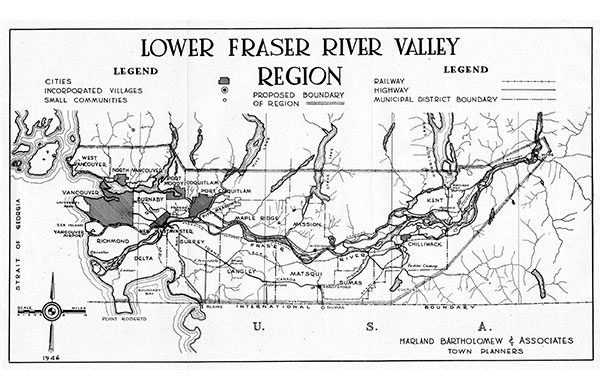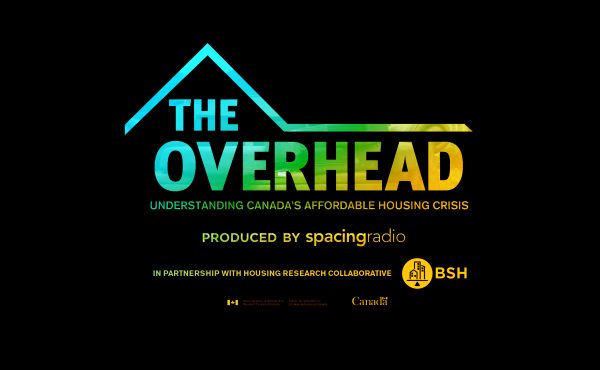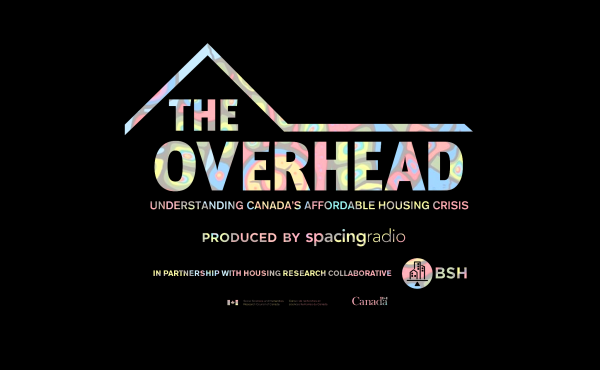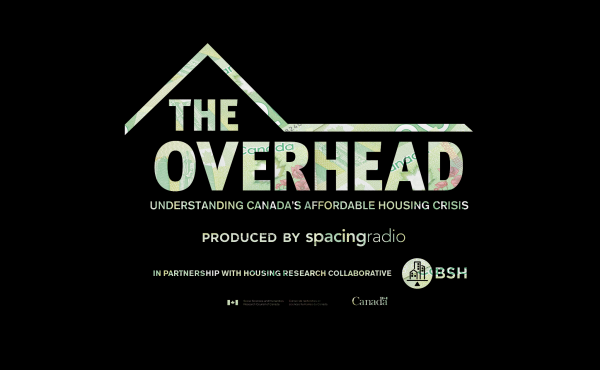
Common City Planning Initiatives
We would be forgiven if our initial reaction to the nature of the contemporary city described in Part 1 is to run away screaming, but that does little for the problem at hand. Yes, cities are complex, interconnected and unpredictable. Yes, they transcend current political boundaries. And yes, we cannot fully conceive of their interrelations or keep up with their constant change. But avoidance is not an option within our drastically urbanizing world. Any hope of tempering the negative forces currently at play in cities requires us to attempt to control the adverse effects of cities and harness its many positive attributes.
As imperfect—and sometimes irrational—as our interventions have been, we are clearly capable of controlling the city to some degree. So, let’s consider the more useful problem of how we rationally control the city and how to extend our abilities.
Given the complexity and scale of a city-wide plan, they are quite rare. More frequently, planning initiatives try to avoid the challenges and conflicts associated with the city-wide system. The more popular ways of doing this are through:
- Immediate, on-going adjustments: this involves coordination and adjustments to the city in response to short-term or immediate planning issues. This is done on an on-going basis and is focused on a very limited set of activities. A very common example is when streets are redesigned in response to traffic concerns.
- Future-oriented adjustments: this is necessarily more comprehensive than the above and is done less frequently since they often required more work and resources. More specifically, they require gathering information about a limited set of activities within a limited area (via metrics, surveys, etc.), forecasting future conditions and activities based on the information gathered, and modifying built environment accordingly. Often, the areas considered are limited in scale—ie. Transit station areas, neighbourhoods, fragments of movement corridors, etc.—with few alternatives considered. Questioning the activities themselves are often deemed “outside” of the design and planning processes with few, if any, objectives explicitly referenced. When objectives are created, the limited scope of the project necessarily makes their complexity limited.
- Model Importing: involves importing what is deemed an exemplary urban model from elsewhere in the world and attempting to fit it into a local context. Often used for new developments, the scale of the imported model can vary from small public space interventions (i.e. parklets, etc.) and architecture (i.e. Vancouver’s podium tower) to neighbourhood/districts patterns that include block types and street layouts.Model importing is very useful, allowing planners to avoid constantly making difficult design and planning decisions when confronted with city planning problems. This is particularly beneficial and can have positive effects if there is a good match between the model(s) chosen and the problem(s) at hand, with thoughtful adaptations to local conditions. Importing and using models repetitively without careful consideration or adaptation, on the other hand, can be detrimental.
- Information gathering and distribution: comprises gathering, storing, analyzing, and distributing up-to-date data on the city with forecasts being made on occasion. The open data movement is a case in point, but another very important common example is the gathering and sharing of community census information. This includes population and demographic information, alongside other critical data relevant to city planning, such as dwelling types metrics. The data can then be used by other firms and agencies towards more intelligent decision-making.This is an undervalued and critical service provided by City’s, despite data limitations and biases. Being one step removed from the actual planning and design processes that are being done by others, however, means that the information isn’t necessarily going to be used towards city improvement. For example, too frequently in the current global context, the information is used to blindly support flawed market forces that increase existing economic disparities.
- Intuitive selection: occurs when sets of alternatives based on past models or an undisclosed creative process are randomly generated with better or worse choices selected based on ‘intuition’. Specific objectives can be left ambiguous or implied and it assumes that the subconscious processes of the viewer(s) can balance assumed consequences.This technique is used frequently where there is minimal need for more comprehensive planning and/or consensus. It avoids the difficulty of explicitly defining and clarifying objectives and its greater effects on all affected parties. This approach is often used in community engagement and participation processes since most people find choosing between concrete options much easier than critically scrutinizing abstract goals.Within the context of cynical audiences, the ‘hidden’ aspect of the few alternatives chosen can build a growing distrust of planners and planning processes, especially if the outcomes of similar processes in the past have been deemed negative. Moreover, the fact that it is very difficult to extract more abstract objectives from concrete alternatives means that, in reality, there is no rational way of weighing and choosing better or worse alternatives.
As mentioned earlier, the above planning initiatives and techniques—as important as they are—avoid the challenges and conflicts associated with the city-wide system, particularly around planning city-wide goals and objectives. This will be the focus of the Part 3, highlighting the common shortcomings of such an undertaking.
***
In case you missed it:
- Planning City-wide: A Primer – Part 1
- Planning City-wide: A Primer – Part 3
- Planning City-wide: A Primer – Part 4
- Planning City-wide: A Primer – Part 5
- Planning City-wide: A Primer – Part 6
- Planning City-wide: A Primer – Part 7
- Planning City-wide: A Primer – Part 8
**
Erick Villagomez is one of the founding editors at Spacing Vancouver and the author of The Laws of Settlements: 54 Laws Underlying Settlements across Scale and Culture. He is also an educator, independent researcher and designer with personal and professional interests in the urban landscapes. His private practice – Metis Design|Build – is an innovative practice dedicated to a collaborative and ecologically responsible approach to the design and construction of places. You can see more of his artwork on his Visual Thoughts Tumblr and follow him on his instagram account: @e_vill1.




